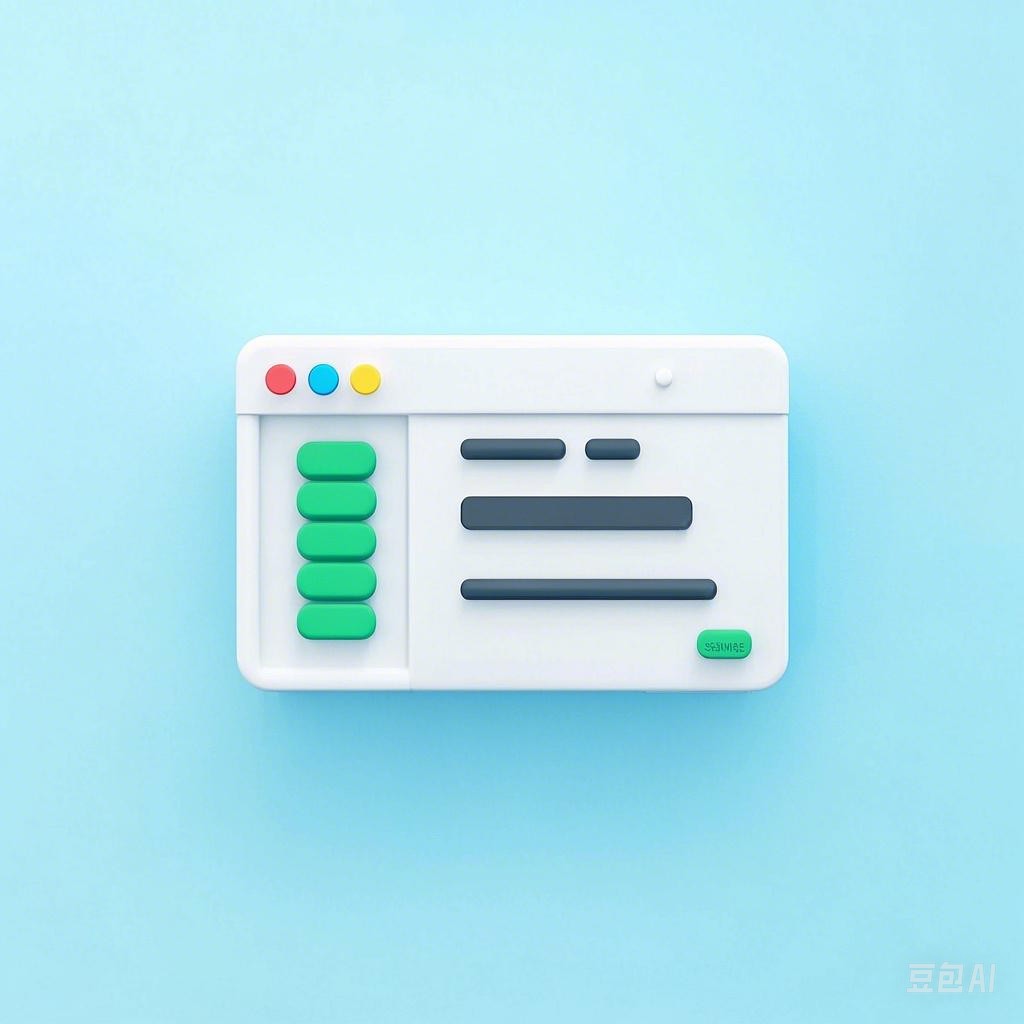Electric train maintenance is a critical aspect of public transportation, ensuring the safety and reliability of rail systems. With the increasing integration of electric trains into modern urban and intercity networks, the role of skilled technicians in maintaining these trains has become more significant than ever. This article explores the evolving landscape of electric train maintenance, highlighting the importance of skilled technicians and the technological advancements that are reshaping the industry.
The Evolution of Electric Train Maintenance
Traditional Methods
Historically, electric train maintenance relied on traditional methods that often involved manual labor and time-consuming processes. Routine checks, repairs, and overhauls were performed by skilled technicians who had to meticulously inspect each component of the train. This approach, while effective, was not without its limitations.
- Manual Inspection: Technicians would physically examine each part of the train, looking for signs of wear and tear.
- Routine Checks: Regular maintenance schedules were established to prevent breakdowns and ensure safety.
- Time-Consuming: The process was time-consuming, leading to longer downtime for trains.
Technological Advancements
The advent of new technologies has revolutionized the field of electric train maintenance. These advancements have not only increased efficiency but have also improved the overall quality of maintenance services.
- Condition Monitoring Systems: These systems use sensors and software to monitor the health of train components in real-time, alerting technicians to potential issues before they become critical.
- Automated Testing Equipment: Advanced testing equipment can quickly diagnose problems, reducing the need for manual inspection and minimizing downtime.
- Predictive Maintenance: By analyzing data from condition monitoring systems, predictive maintenance can forecast when maintenance will be required, further reducing downtime.
The Role of Skilled Technicians
Despite the advancements in technology, skilled technicians remain the backbone of electric train maintenance. Their expertise is essential in several key areas:
Expertise in Train Systems
Skilled technicians must have a deep understanding of electric train systems, including the electrical, mechanical, and braking systems. This knowledge allows them to diagnose and repair complex issues efficiently.
Adapting to New Technologies
Technicians must be adept at learning and adapting to new technologies. This includes staying updated with the latest tools and software used in maintenance.
Safety and Reliability
The safety and reliability of electric trains depend on the skill level of the technicians performing maintenance. A thorough understanding of safety protocols and procedures is crucial to prevent accidents and ensure the integrity of the train.
Communication Skills
Effective communication is essential for technicians to work efficiently within a team and with other departments. This includes conveying technical information clearly and working collaboratively with colleagues.
Case Studies
Case Study 1: London Underground
The London Underground has implemented condition monitoring systems to monitor the health of its electric trains. Skilled technicians use these systems to identify and address issues before they lead to breakdowns. This proactive approach has significantly reduced downtime and improved the reliability of the London Underground network.
Case Study 2: Tokyo Metro
Tokyo Metro employs a team of skilled technicians who are trained to use advanced testing equipment. This equipment allows them to diagnose and repair complex issues quickly, minimizing the impact on train schedules.
Conclusion
The evolution of electric train maintenance has brought about significant changes in the industry. Skilled technicians play a pivotal role in this transformation, ensuring that electric trains remain safe, reliable, and efficient. As technology continues to advance, the expertise and adaptability of these technicians will be more crucial than ever in revolutionizing electric train maintenance.
